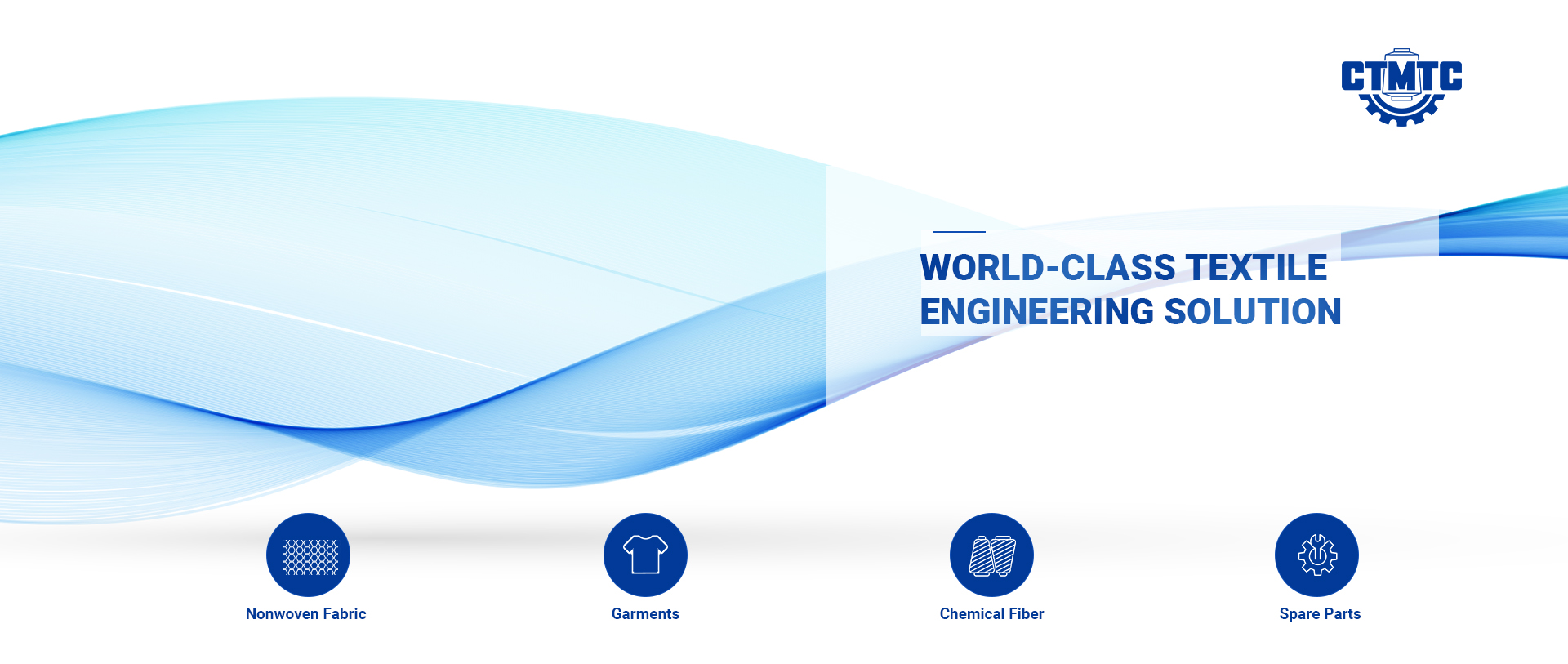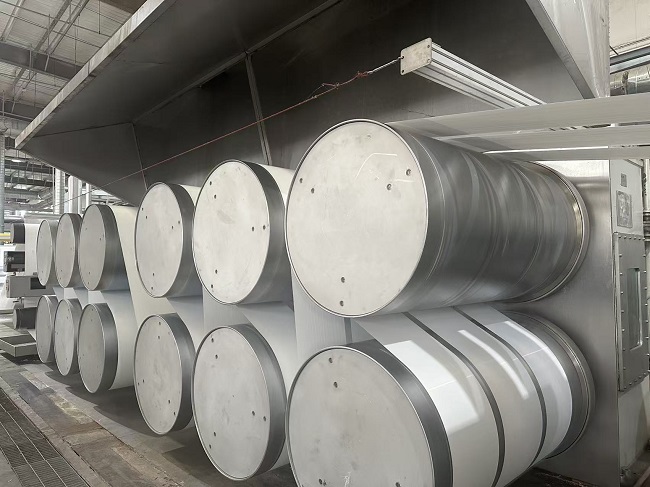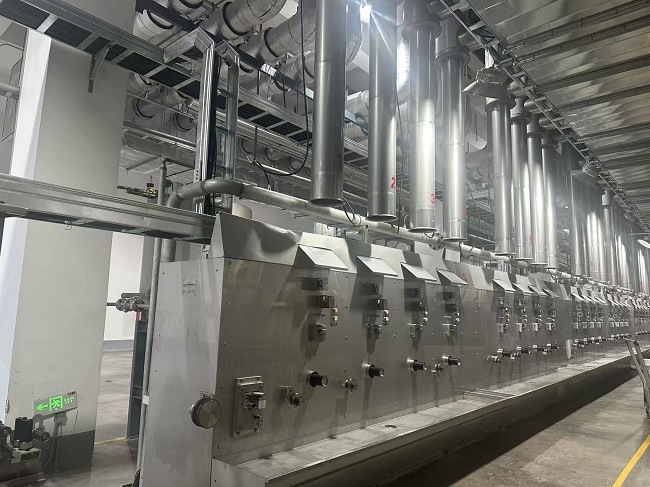Staple fiber is a type of fiber material with a limited length. Here is a detailed introduction about it:
Definition: The single length of staple fiber is usually between a few millimeters and tens of millimeters. It needs to be processed into yarn through spinning technology before it can be used for weaving.
Classification: According to the source, it can be divided into natural staple fiber, such as cotton, wool, etc. Artificial staple fiber, such as polyester staple fiber, acrylic staple fiber, viscose staple fiber, etc. According to uses, staple fiber can be classified into staple fiber for clothing, staple fiber for industry, etc.
Raw materials: PET Polymer, Chips, Bottle Flakes
General characteristics: Fabrics processed from staple fiber often have fluffiness and softness, a relatively comfortable hand feel, good moisture absorption and breathability, and are suitable for close-fitting use. However, the finished products may have problems such as shedding fibers or pilling.
Different types of characteristics: Different types of staple fiber have different characteristics. For instance, semi-matte high-strength staple fiber have superior smoothness and quick-drying properties, good strength and good extensibility. Semi-matte spunlace staple fiber have excellent nonwoven carding performance and hydrophilic properties, and have an advantage in tear strength. Three-dimensional silicone-containing hollow staple fiber have excellent smoothness, fluffiness, resilience and good heat preservation effect, etc.
Production process
The production of staple fiber first undergoes polymerization reactions to convert monomers into polymers, forming long-chain molecular structures. Polymer long chains are cut by a pelletizer to form staple fiber particles. Staple fiber particles, through the spinning process, go through steps such as melting, extrusion and cooling to form staple fiber bundles. Staple fiber bundles undergo post-treatment steps such as stretching, shaping and cutting to achieve the required length and performance.
Application field
Textile industry: It is widely used in garment manufacturing to produce various fabrics, such as cotton T-shirts, denim, etc. It can also be used to produce household textiles such as bedding, curtains and sofa covers.
In the industrial field: It is used to make filter cloth, insulating materials, etc., because its strength and durability meet specific industrial requirements. It can also be used in automotive interiors, such as seats and carpets.
Nonwoven fabric production: It is used in the medical and health field to produce masks, surgical gowns, etc. It is used in the field of geotechnical construction to manufacture geotextiles and enhance soil stability. It can also be used as an agricultural covering material for heat preservation, moisture retention, pest control, etc.
Market significance
Staple fiber is an important part of the textile industry chain. Changes in their market size directly affect the development trend of the entire textile industry. The price fluctuations of staple fiber have a significant impact on the costs and profits of related enterprises. Meanwhile, the changes in supply and demand in their market also reflect the operation status of the macroeconomy.
Post time: Oct-13-2025



